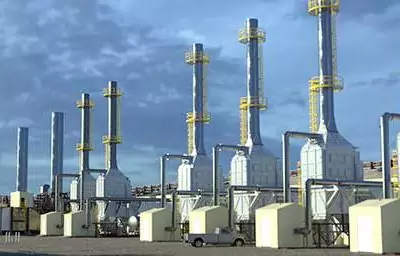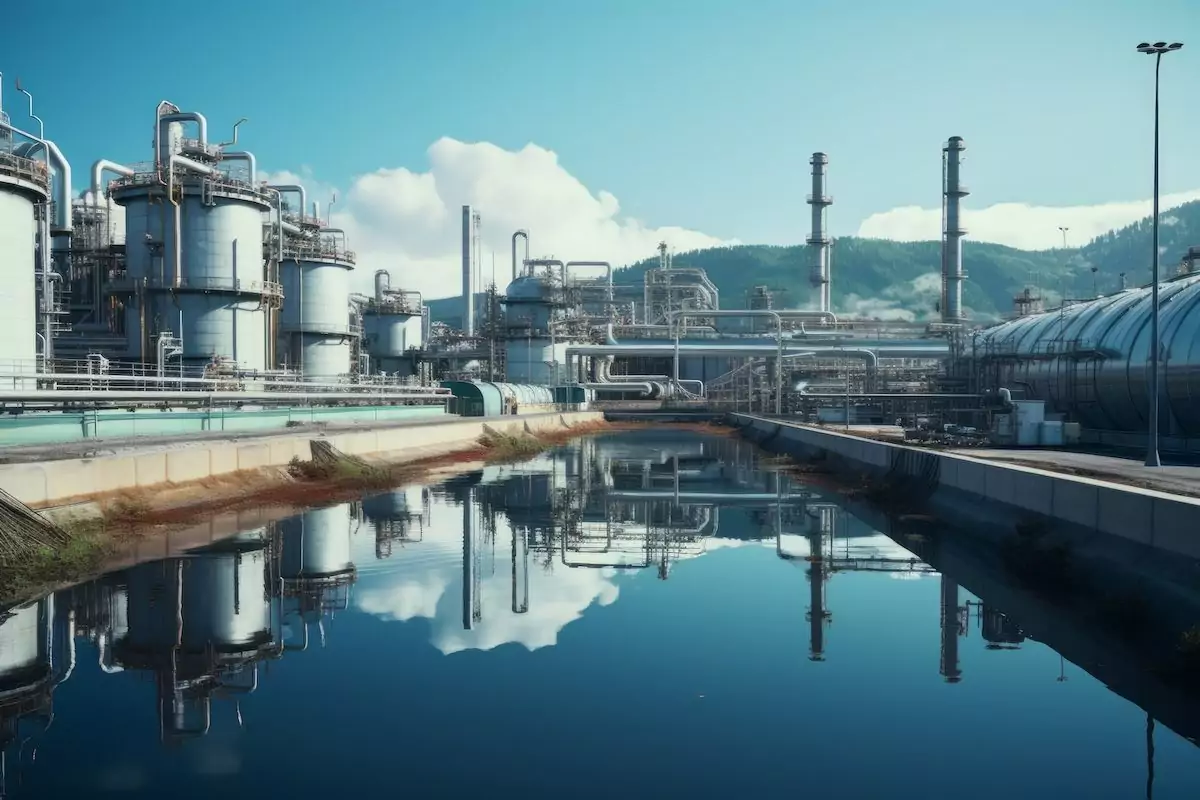
Steam-Assisted Gravity Drainage (SAGD) Greenfield Expansion
Overview
Client
Project facility
Christina Lake is a largescale processing facility that uses in-situ steam-assisted gravity drainage (SAGD) technology to extract bitumen.
Situation
Cenovus engaged Vista in the early 2000s seeking to double the capacity of its SAGD emulsion processing facility from 30,000 to 60,000 BPD of bitumen.
Solution
Vista performed engineering, procurement, and project support work for the project and several subsequent greenfield expansion phases, increasing the plant’s nameplate design capacity to 295,000 BPD of bitumen over the course of a decade.
The original plant design made no allowance for expansion, which resulted in significant layout and infrastructure challenges, and highly complex debottleneck engineering. Vista’s engineering designs centered on expanding the areas of steam generation, oil treating, produced water de-oiling, softening and recycling as well as major utility expansions.
Vista provided an innovative heat recovery system to preheat once-through steam generator (OTSG) combustion air that has been copied by others in the industry. Due to the layout issues, the equipment was spread out across the entire plant site, and some very innovative hydraulic work was completed to allow all the equipment to operate together.
This facility is one of the most efficient bitumen extraction plants in the Alberta oilsands.
Success Factors
able to establish dedicated multi-discipline engineering teams who shared a long-term vision and took a collaborative approach to continually reduce engineering costs. Using a templated design across multiple phases, Vista focused on a continuous improvement model to optimize the use of modularization and reduce design hours without compromising engineering quality.
Additional success factors included:
- Flexibility of Vista’s engineering team and balancing resources across multiple projects
- Direct award to Vista with Vista/owner alignment on project drivers
- Templating and modularization using standardized equipment selection
- Meticulous change management
- Standardized equipment selection
- Cost/schedule certainty based on Vista’s wealth of experience in heavy oil
- Client owned module assembly yard with preferred vendor fabrication shops
- On-site construction contractors in a competitive atmosphere with a performance-based work distribution model
SAGD Greenfield Expansion Equipment & Technology
Across seven facility expansion phases, Vista performed the front-end engineering design (FEED), detailed engineering, and construction support for this commercial SAGD heavy oil facility. Vista engineered a unique water recycling system to limit waste-water blowdown. Other equipment and technology including:
- Emulsion separation: inlet degasser, FWKOs, and Treaters including associated chemical feed systems, and a flash treating system
- Steam generation: four 250 million BTU/hour units including, BFW booster/charge pumps and steam separation
- Raw brackish water softening
- Produced water processing
- Diluent handling, injection, and recovery
- Tankage: skim, BFW, de-oiled water, oil recycle and sales oil with diluent, LACT booster pumping systems
- Utility systems: vapor recovery, fuel gas, glycol heating/cooling, and heat recovery
- Energy efficiency design features:
- Unique OTSG combustion air preheating design
- Integrated glycol heating/cooling system to maximize energy recovery & reuse
- Direct energy recovery from hot inlet emulsion, sales oil and produced water as well as energy recovery from boiler blowdown
- Recovery of low-pressure vapors off tankage and equipment by means of a Vapour Recovery Unit for return to the fuel gas system
Engineering Applications
The engineering consulting capabilities demonstrated on this SAGD greenfield expansion project are applicable in several industrial markets.



